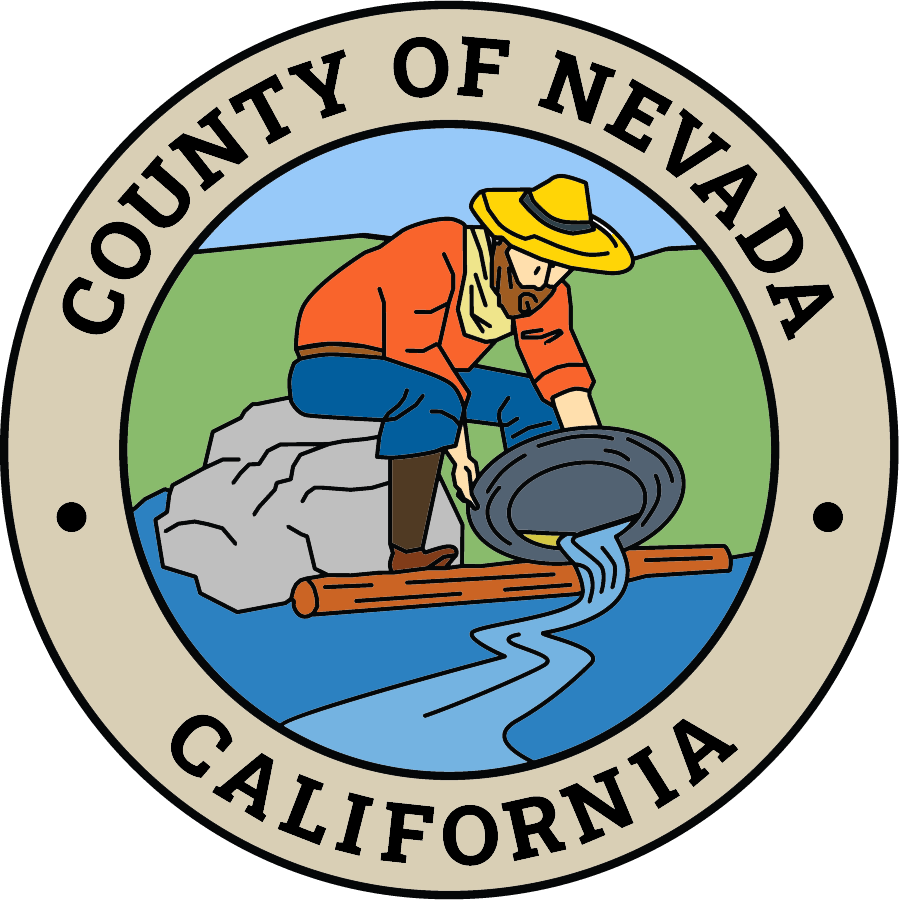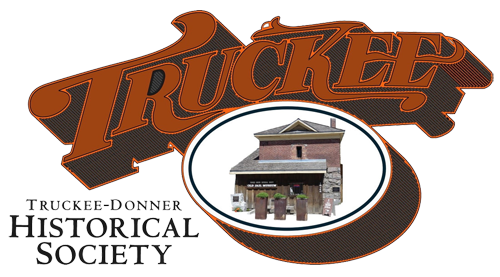Enter a name, company, place or keywords to search across this item. Then click "Search" (or hit Enter).
Memoirs of Theodor Cordua - Pioneer of New Mecklenburg in the Sacramento Valley (December 1933) (25 pages)
Copy the Page Text to the Clipboard
Show the Page Image
Show the Image Page Text
More Information About this Image
Get a Citation for Page or Image - Copy to the Clipboard
Go to the Previous Page (or Left Arrow key)
Go to the Next Page (or Right Arrow key)
Page: of 25

9 The Memoirs of Theodor Cordua
To acquire this stock no very great amount of money had been necessary since I paid, as mentioned above, $4 for
a cow and $3 for a young mare.
The manufacture of butter and cheese was very limited. One could find ranchos of twenty to thirty thousand head
of cattle and yet no milk could be procured for coffee. Cattle-raising was undertaken chiefly for skins and tallow.
Soil-cultivation, too, was still very primitive. With a simple plow, the upper crust of the soil was broken about four
or five inches deep. Upon this ground, as in Germany, the seed was broadcast in the fall as well as in the spring. If
one had no harrow a crooked young oak tree was used. The harvest began at the end of June, and was very
productive, in spite of the poor preparation of the ground, because soil and climate were very well suited to wheat,
barley, peas, and beans. In the interior of the country rust was still unknown, but it could be found along the coast as
far north as Oregon. On Vancouver Island, which is situated on the coast, although farther north than Oregon, rust
was entirely unknown. There were hardly any failures of crops. Only when the wheat was very milky and when the
temperature was too hot, it ripened too quickly and lost in weight. The grain was cut with sickles and knives, but not
thrashed. The grain was separated by having the horses trample upon it on an open thrashing floor, as it was done by
the Jews of old. Colza should thrive excellently here, but it was not cultivated in my time.
ii
THE CAMPAIGN OF 1845 AND THE EMIGRATION FROM THE
UNITED STATES
Until the end of the year 1844, we lived a tranquil life. Everything followed a general routine. Diseases and
illnesses among the animals and men were known but little. In December of this year, however, a dark cloud arose
on the horizon. The country resounded with revolution and civil war. In Europe this sounds terrible. but in the large
and small Spanish republics such a thing was taken with great calmness because every one knew that the unsettled
situation would not last long. From Mexico several hundreds of freed convicts had been sent to California as
soldiers.'* These offended the good Californian citizens because they did not shrink from robbery and murder. The
officers, to be sure, were a noticeable exception, especially their general, Governor Micheltorena, who was a good
man and a friend to every one—only a little too lenient in dealing with these vagabonds. Now, the citizens, who
wanted to keep Micheltorena but send the soldiers home, took up arms. Captain Sutter, who wished to receive
forgiveness for a former offense against Mexico, sided with the Governor. Through a number of intrigues he
succeeded in gathering about two hundred Europeans and Americans as well as two hundred and fifty Indians. Some
of those who did not wish to volunteer were forced to join. I was one of these. The foreigners were mostly settlers
from the Sacramento Valley and Upper California. Sutter proposed to elect a leader, firmly expecting that he himself
would be chosen. The choice, however, fell upon the brave Captain Gant'’,an old doughty American, who formerly
had been in the service of the United States. For his adjutant Captain Rufuss, a German'®, was selected. Sutter and I
remained unnecessary associates.'’ In the Salinas Valley, near Monterey, we united with the troops of Micheltorena.
Our whole army consisted of about eight hundred men, a copper field piece, and two old rusty cannon. Our batteries
were placed upon an old ox-cart. All good Californian citizens as well as the foreigners below Monterey opposed us
with an army of about the same strength.
The incidents of this little campaign I can skip easily. I only wish to mention that in May of the following year,
1845, the campaign ended near Pueblo de Los Angeles with a defeat of our party. With the exception of a horse
Micheltorena and his soldiers had been sent to California in 1842.
15
John Gantt, who had come to California in 1843 with the Chiles-Walker party. He died in Napa valley in 1849.
16
According to Sutter’s Reminiscences, Ernst Rutuss was in command of the Indian company. Bancroft says (Hist. of Calif,. V, 706) that he was naturalized in 1844 and was grantee
of the Cazadores grant in the Sacramento Valley. In 1845, in partnership with William Benitz he leased the Fort Ross property from Sutter. and in ‘46 was grantee of the Rancho de
German north of Ross, of which he sold part in 1847, but he resided in Sonoma County at least until 1879.
A facsimile of the roster of the forces which left Sutter’s Fort on January I, 1845, to march to the aid of Governor Manuel Micheltorena against the revolting Californians under
José Castro and former Governor Juan Bautista Alvarado, is to be found in The Diary of Johann August Sutter, published by the Grabhorn Press, San Francisco, 1932.



